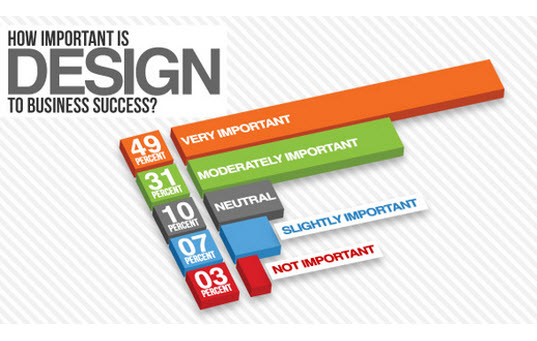Internet Site Style Essentials: Tips For Structure A User-Friendly Site
Internet Site Style Essentials: Tips For Structure A User-Friendly Site
Blog Article
Author-Le Gammelgaard
When it involves site design, ensuring user-friendliness is crucial. From responsive design to structured navigating, every component plays a critical duty in producing a website that caters to your audience's needs. But what concerning the finer details that can make or damage a user's surfing experience? Keep tuned as we uncover some often-overlooked suggestions that can boost your website's functionality to the next level, making it truly attract attention in the digital landscape.
Relevance of Responsive Layout
Receptive design is an essential aspect of modern-day website growth. Guaranteeing your site is receptive means that it can adjust to various display dimensions and tools, providing a smooth experience for customers.
With the increasing use mobile phones and tablets to access the internet, having a responsive design is essential for reaching a broader audience. It helps in enhancing individual experience by making your site simple to navigate and keep reading any gadget.
In addition, responsive style can favorably affect your online search engine rankings, as internet search engine like Google prioritize mobile-friendly sites. By having a responsive layout, you're additionally future-proofing your site, as new tools with varying display sizes continue to emerge.
Simplify Navigating Structure
To enhance user experience and facilitate simple accessibility to information on your site, simplifying the navigating structure is paramount. When creating your website, focus on producing a clear and user-friendly navigating menu that assists visitors find what they're looking for quickly.
Restriction the variety of food selection products to the basics, organizing associated web pages together to avoid frustrating individuals. Usage descriptive tags that clearly show the web content of each web page, making it easier for users to recognize where each web link will take them.
Think about executing dropdown food selections for subcategories to stop jumbling the primary navigating bar. In addition, include a search bar plainly on the web page for users who like looking for particular details.
Prioritize mobile responsiveness in your navigation design to ensure simple gain access to on all tools.
Enhance Web Page Lots Rate
Improving page lots rate is crucial for retaining visitors on your web site. Slow-loading web pages frustrate customers and can lead to high bounce rates. To maximize web page tons speed, start by optimizing pictures. Compress photos without compromising quality to reduce their data sizes.
Additionally, make it possible for internet browser caching to keep often accessed sources in your area, speeding up tons times for returning site visitors. Minify CSS, JavaScript, and HTML files by removing unnecessary characters, comments, and format, boosting lots rate.
Think about using a content shipment network (CDN) to distribute your site's material across numerous servers worldwide, reducing latency for individuals accessing your website from various locations. Finally, just click the next post making use of third-party scripts and plugins, as they can substantially influence load times.
Final thought
To conclude, by incorporating responsive design, streamlining navigating, and optimizing page load speed, you can develop an user-friendly web site that attract a broader target market and enhances individual experience. These essential elements ensure that visitors can easily accessibility and browse your site across different devices, bring about raised involvement and fulfillment. By focusing on these crucial elements, you can build a successful site that keeps users returning for more.
